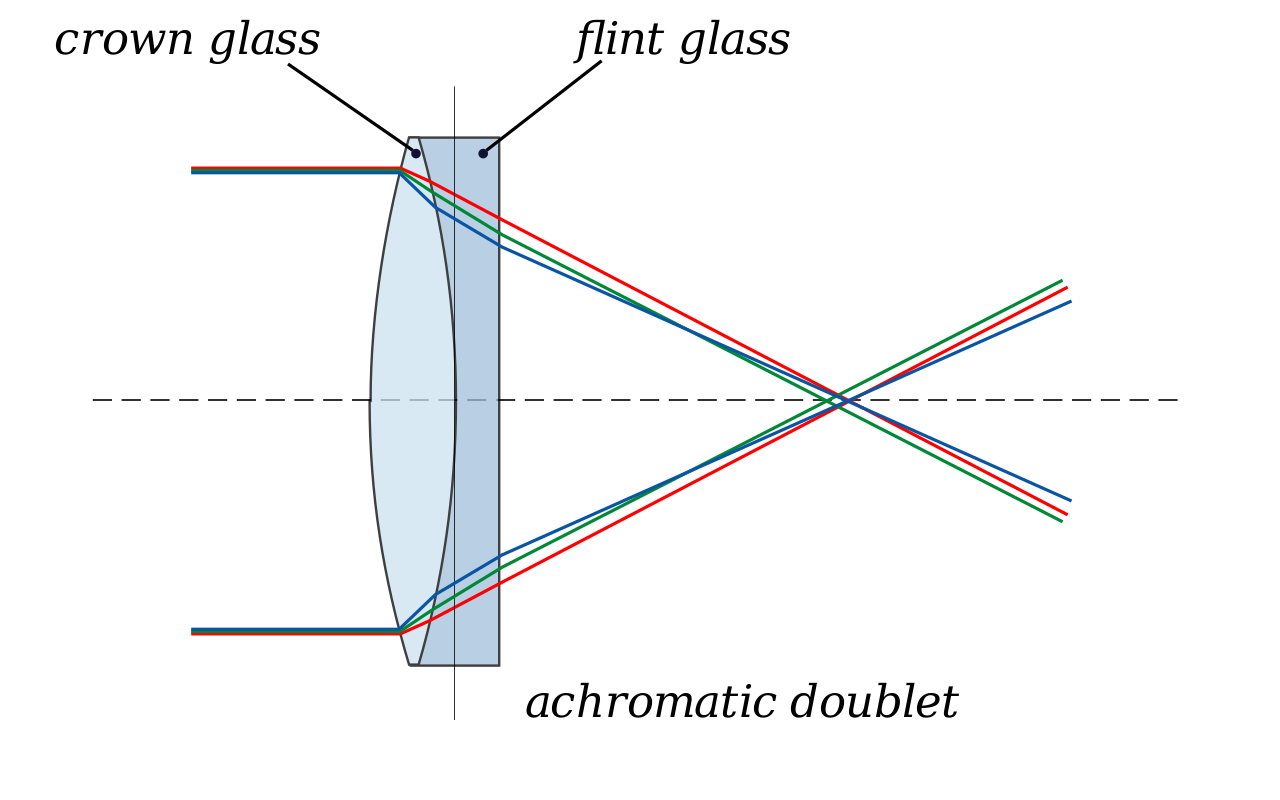

However, this does render this type of scope impractical for terrestrial observations. This is not a big issue for astronomical purposes, as there is no up or down in space. The reflector telescope produces an image that is rotated 180 degrees, or upside down (though not flipped left-right). These mirrors are easy to produce but have varying focal lengths, which result in a fuzzy image. These parabolic mirrors can reflect and concentrate all incident rays to a single focal point.Īnother type of mirror used in reflectors is spherical mirrors. Some reflecting telescopes use a convex secondary mirror and a perforated primary or base mirror such as the Cassegrain reflectors. The front-placed eyepiece is one of the defining characteristics of a reflector telescope and makes it easy to tell them apart from other types of telescopes at a glance. There is no diagonal as the secondary mirror serves this purpose. This secondary mirror is set at a 45-degree angle so the light can be directed to the focuser on the side of the tube. The primary mirror gathers the light and focuses it towards a flat secondary mirror that is set partway up the tube. The light coming from a star or any celestial object enters the optical tube and falls onto a concave primary mirror, located at the back of the optical tube.

The reflector telescopes are the most widespread telescopes in the market because of their easy building process and their low cost.


 0 kommentar(er)
0 kommentar(er)
